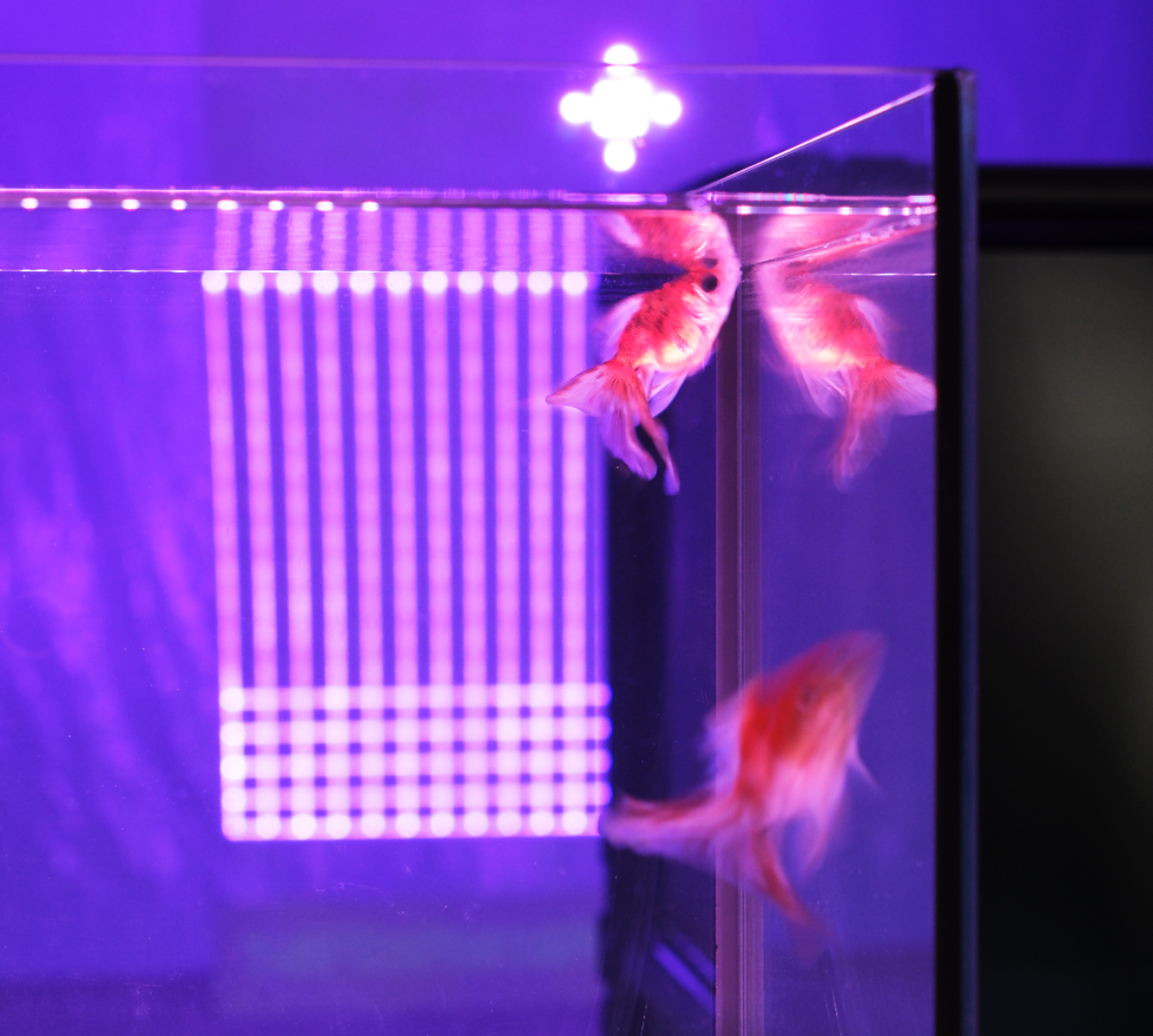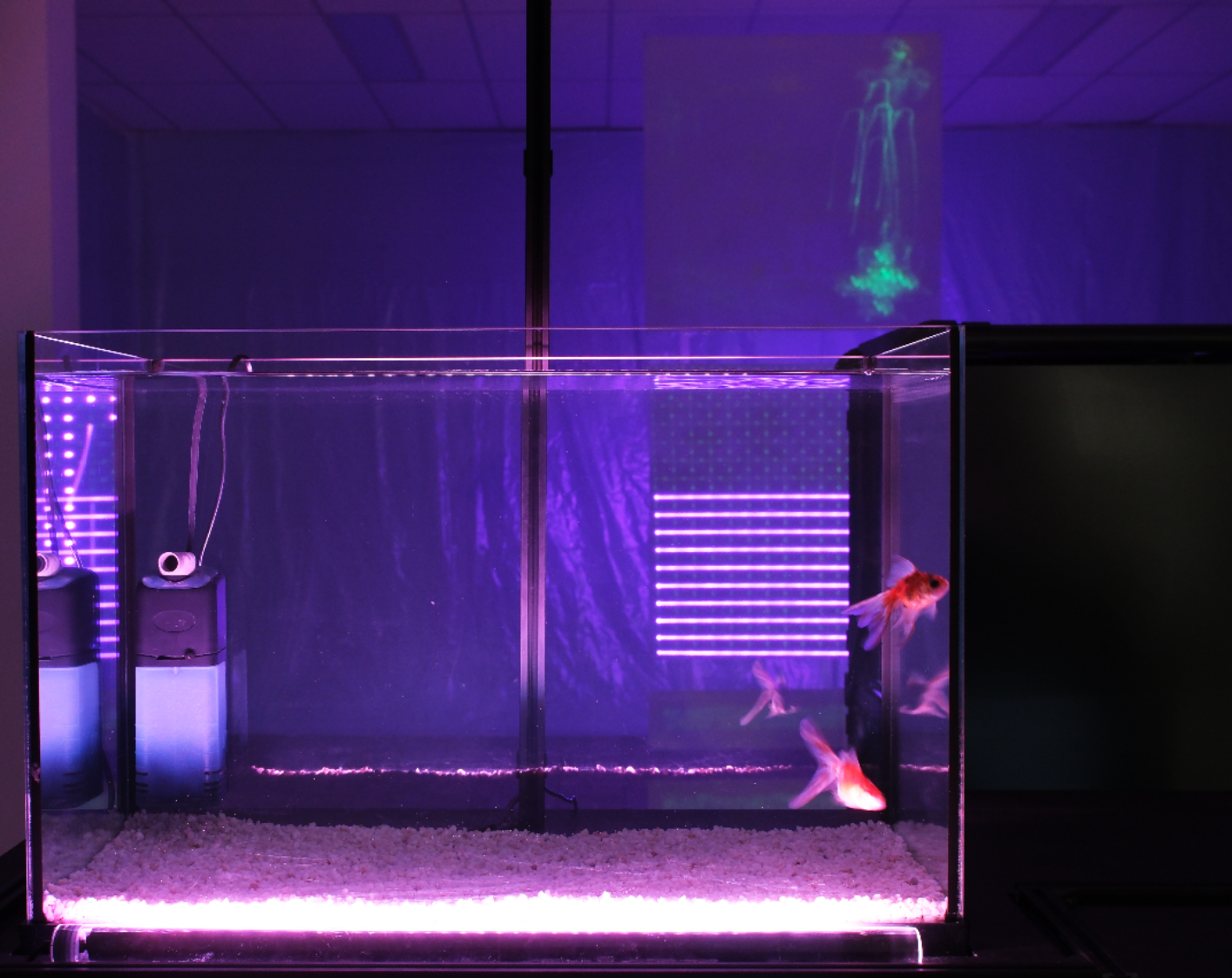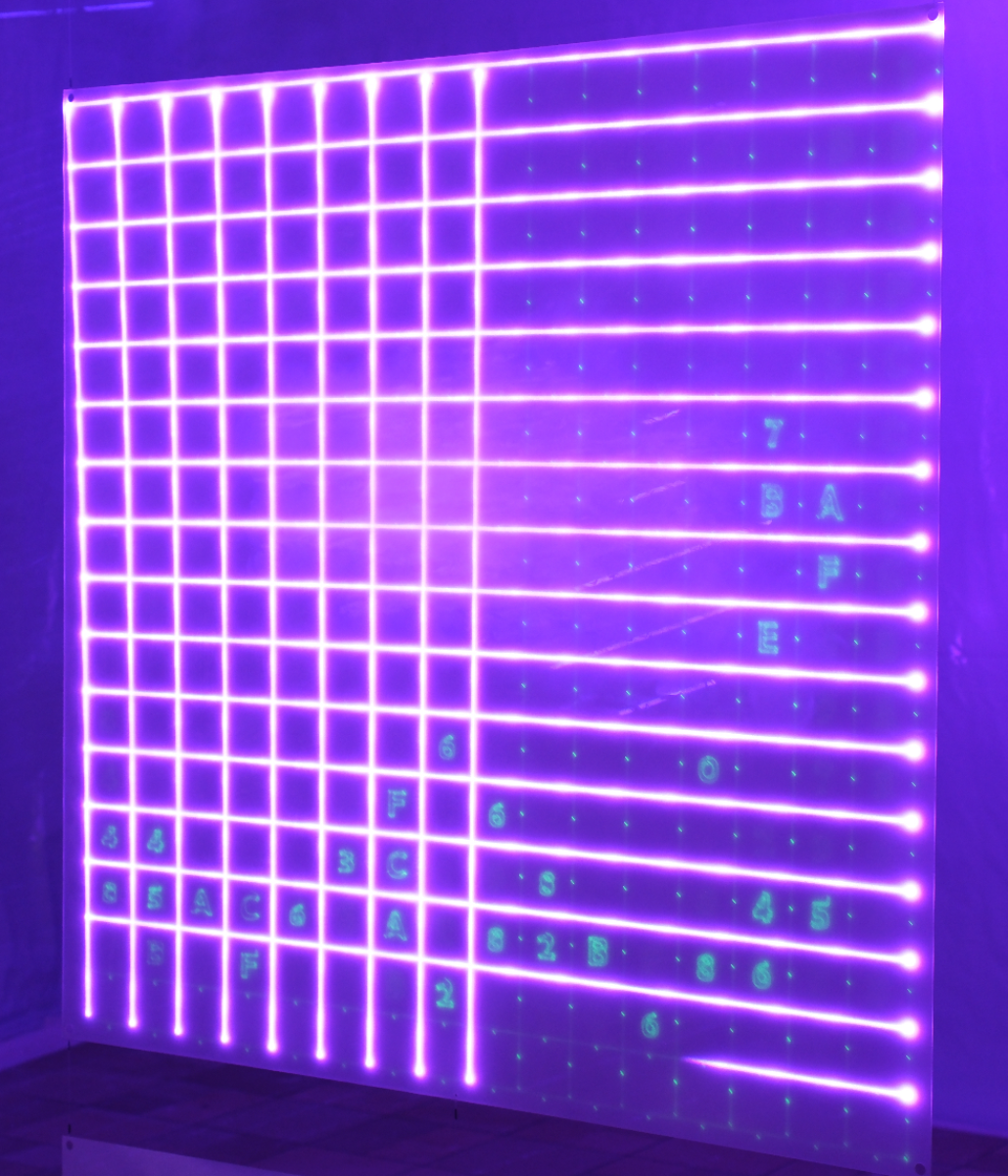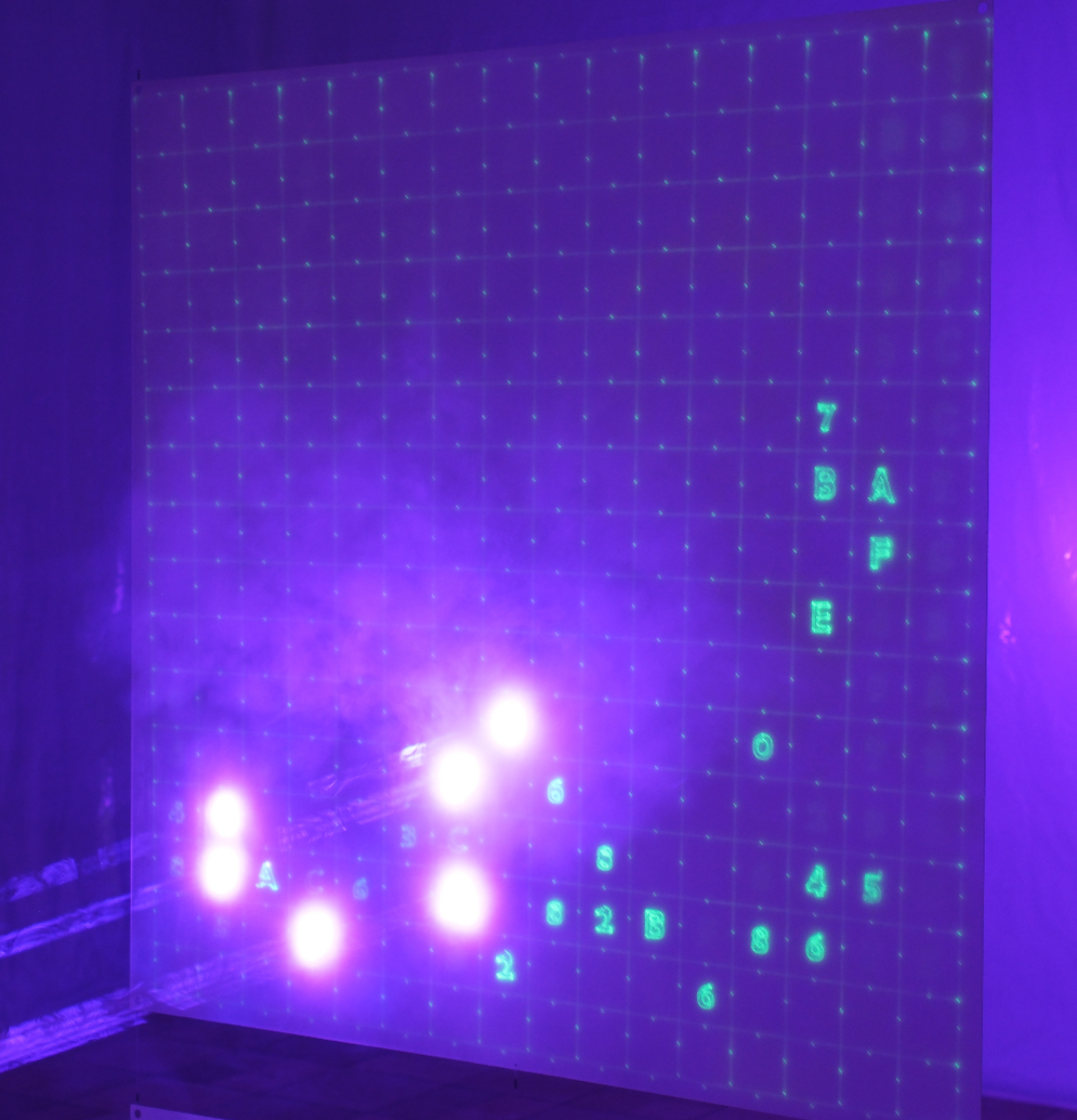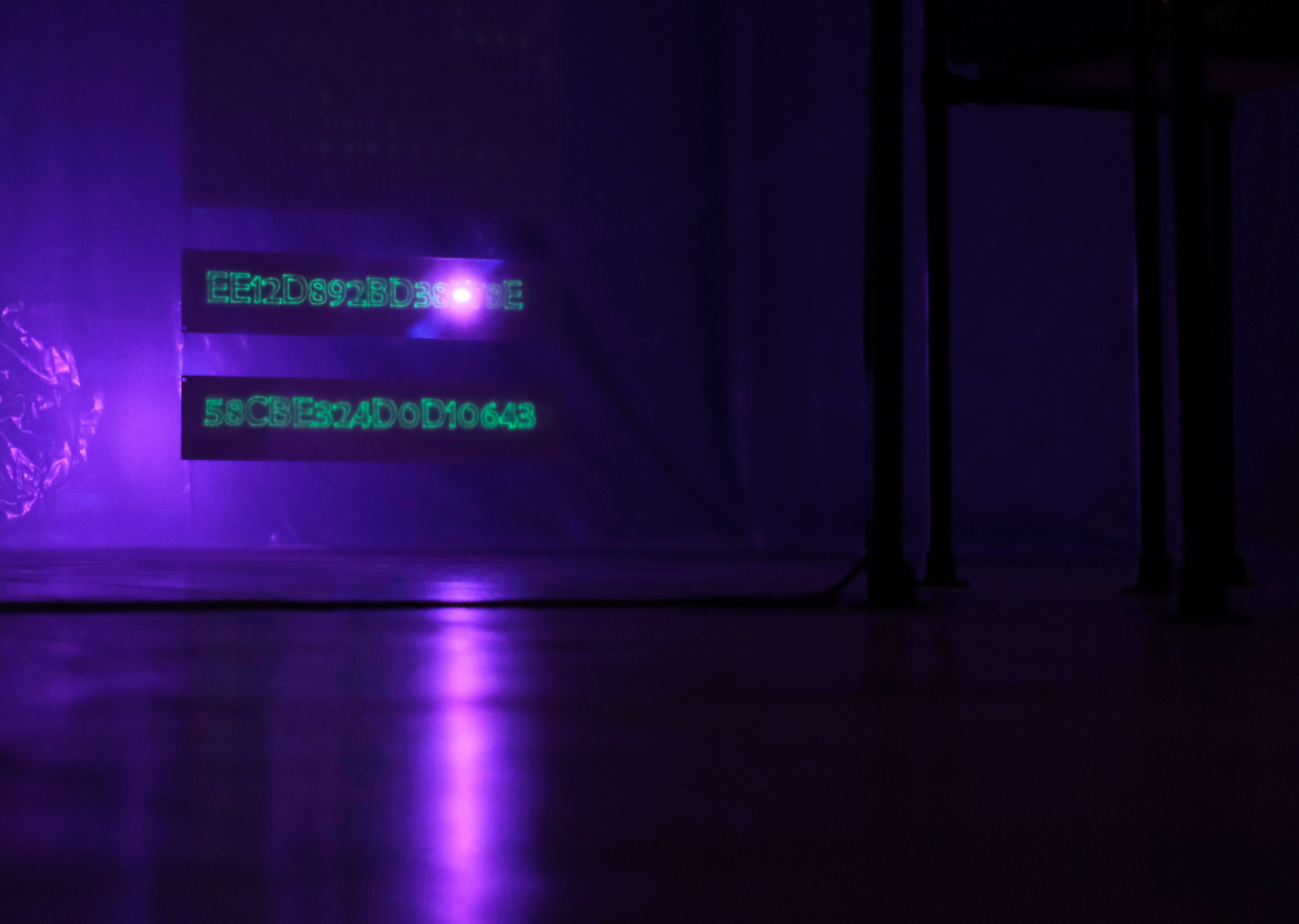Kaan Orkan Pişkin
Interaction Design Bdes
ArtEZ University of the Arts
Graduates: 2025
Specialisms: Interaction Design / Design and Technology / Installation/Sculpture
My location: Berlin, Germany
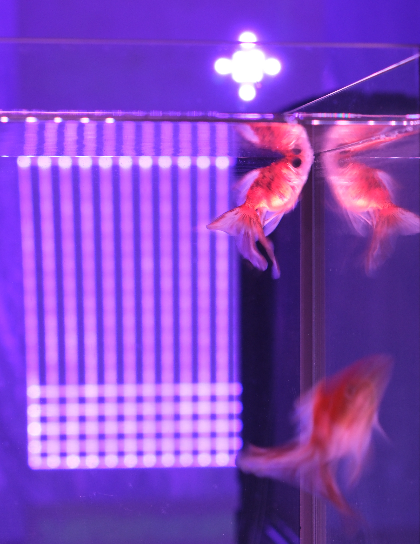
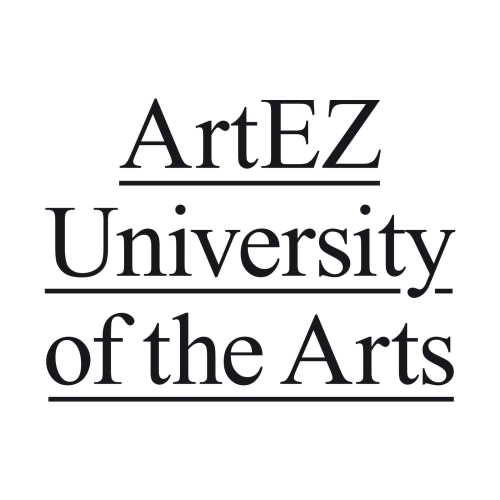
Kaan Orkan Pişkin

First Name: Kaan Orkan
Last Name: Pişkin
University / College: ArtEZ University of the Arts
Course / Program: Interaction Design Bdes
Graduates: 2025
Specialisms: Interaction Design / Design and Technology / Installation/Sculpture
My Location: Berlin, Germany
Website: Click To See Website
About
Hexaquatic Entropy (32-bit)
This installation turns living motion into encryption. Fish in an aquarium generate unrepeatable entropy through their movements, captured and transformed into cryptographic keys powered by life itself. On one side, a real aquarium; on the other, its holographic double—coordinates abstracted into light. This divide questions what happens when life becomes data: Can organic motion serve as an encryption mechanism? At what point does abstraction strip away meaning? Here, the unpredictable patterns of conscious beings generate complexity algorithms can hardly replicate, blurring the boundary between biological spontaneity and digital systems.
Competitions


